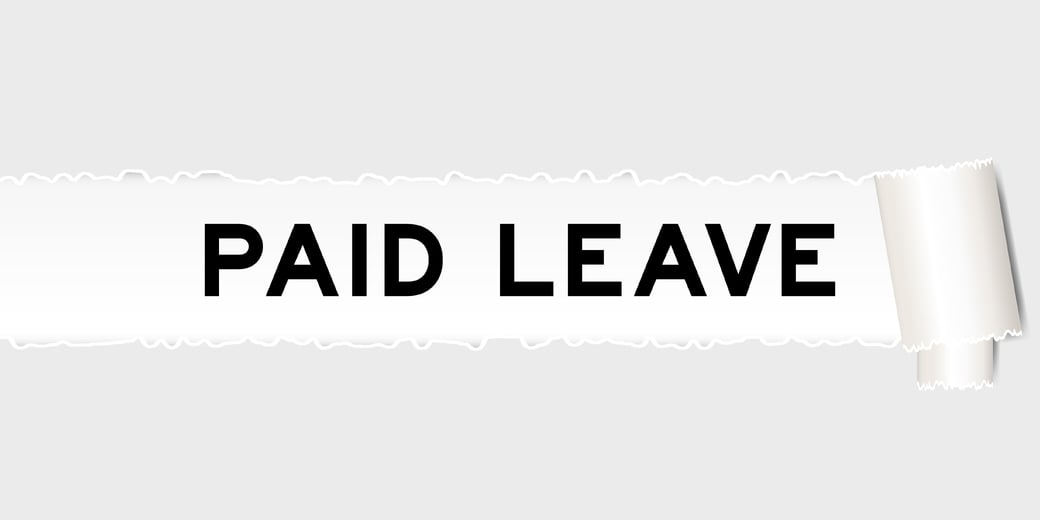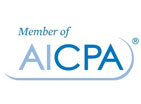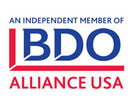Life has a way of throwing curveballs at us that require time away from work to resolve them. Running a personal errand, taking a sick family member to a doctor's appointment, or attending a child's parent-teacher conference are some examples of when having paid time off to be used at your own discretion is greatly valued. Employees no longer need to categorize their absence; all time away from work comes from the same single source.
Amber Cochran Saxon
Recent Posts
In the hiring process, you must ensure that every individual you plan to employ is authorized to accept employment in the U.S. Some individuals are automatically authorized to work based on their immigration status, while others must apply for separate employment authorization.
Posted in Payroll, HR & Benefits
Payroll cards are cheaper for employers and can be more convenient for employees. However, some cards charge high fees to withdraw money and access account balances. The right payroll card might be a good solution, but it can’t be the only solution you provide.
Posted in Payroll, HR & Benefits
6 Essential Tips for Small Business Payroll Tax Compliance

Posted by Amber Cochran Saxon on Apr 10, 2025
Staying compliant with payroll tax laws is crucial for small businesses. Mistakes can lead to fines, strained employee relationships, and even legal consequences. Below are six quick tips to help you stay on track.
Posted in Payroll, HR & Benefits
Posted in Payroll, HR & Benefits
A rule that a federal court suspended in August 2024 seems to be well and truly dead now. As the Society for Human Resource Management explained in a release, the DOL has withdrawn its 80/20/30 rule. This complicated rule, the SHRM noted, divided work into three categories: traditional tipped labor, supporting work preparing or assisting such work, and work that was unrelated to tipped work. Businesses could only apply the tip credit under certain circumstances, based on time spent and the specific categories. The details were complex — and became irrelevant thanks to a 5th Circuit ruling.
Posted in Payroll, HR & Benefits
It is more useful to contrast the distinct strengths and skills each of these groups represents. On one hand, lifers embody loyalty and rich experience. They have committed substantial time and effort to help their organizations thrive. Job hoppers, however, are often cultivated as a replacement source of fresh thinking at the cutting edge.
Posted in Payroll, HR & Benefits
The SECURE 2.0 Act aims to expand the ease of saving for retirement, to simplify the management of retirement plans, and, in general to improve financial security for American workers and retirees. The updated law includes new options for 401(k) and 403(b) employer contributions, adjustments to the required minimum distribution age for IRAs, and increased catch-up contribution limits. The act also has incentives to encourage employee enrollment.
Posted in Payroll, HR & Benefits
First quiet quitting, now quiet vacationing. What is going on? This is a good question with complicated answers.
Posted in Payroll, HR & Benefits
Companies and workers had to rapidly adjust and improvise during the first months of the COVID-19 pandemic. Now that work-from-home routines and policies have become more established, employers are creating policies to provide their remote employees with tools for productivity and comfort.
Posted in Payroll, HR & Benefits

















